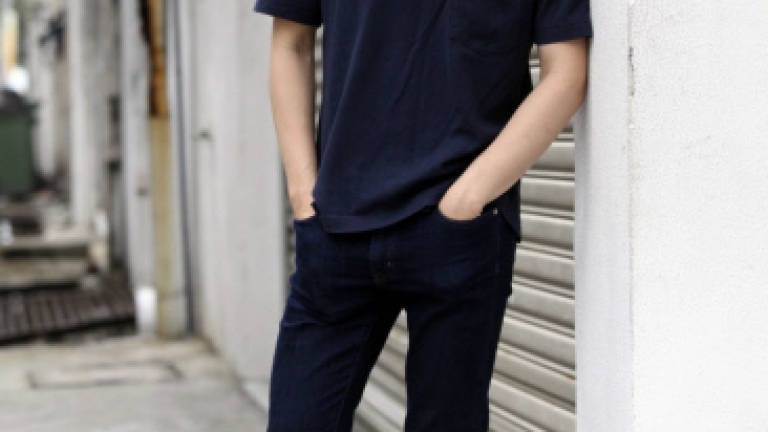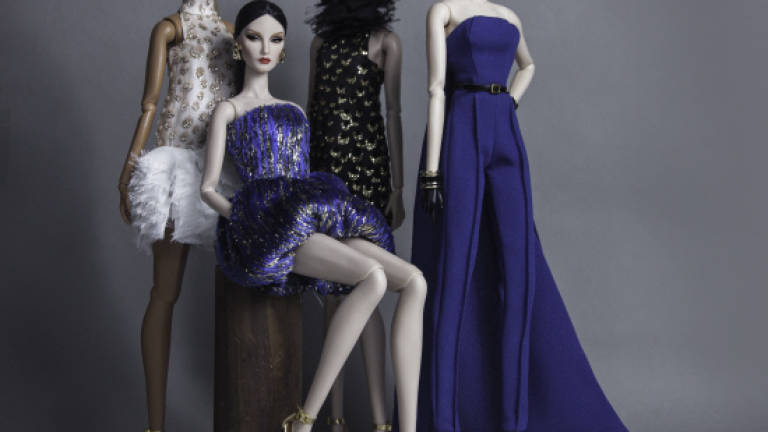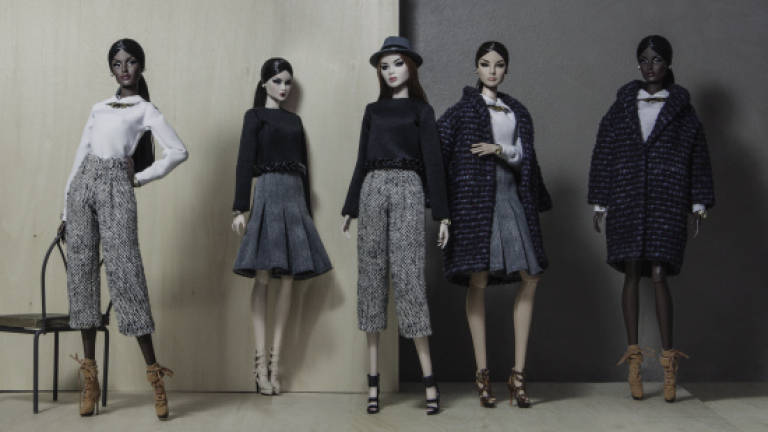All dolled up



WHO’S to say that boys and dolls don’t gel? Ryan Liang grew up developing an affinity for dolls, and even learnt to sew clothes for them from his tailor mother. His interest lived beyond his childhood and became a pet project in his work life, as the Pahang native would orchestrate then photograph fashion editorials – modelled by dolls, of course – on his off days as a graphic designer.
Never in a million years, however, would Liang have thought that he could dress dolls for a living. When he first started selling his designs, it was really to make money in order to expand his collection of figurines, but Shantommo (www.shantommo.com) quickly became a fully fledged business in a little over a year when Liang couldn’t cope with the orders.
Unlike collectors of toys such as Lego and Gundam, collectors of dolls are virtually unheard of here. Fortunately for Liang, Shantommo is not only surviving, but thriving on sales made mostly from the US and the remaining 20% from the UK. The miniature couture garments he designs are priced from US$48 (RM200).
“Doll collecting among grown-ups is quite common in the US. Half of my clientele is retired and they’re just having fun with this,” enlightened the 28-year-old.
Liang shared that his customers usually return for his workmanship and overall styling of the dolls, the latter he describes as minimalist and timeless.
“It’s fashion I like to see on a woman; I have a thing for androgyny and gender-neutrality. And while it’s minimalist I try to make the outfits timeless so clients can mix and match with garments by other designers.
“Having said that, I don’t focus on trends,” said Liang, who cited Balmain’s Olivier Rousteing, Delpozo’s Josep Font and the late Alexander McQueen as his inspirations.
As with designing for human models, dressing dolls comes with its own set of demands. There is no need for endless rolls of fabrics, but Liang noted that the type and variety of textile take precedent when ornamenting these mini mannequins.
“The thickness and weight of the fabric determine how it flows when worn on the doll, considering it’s such a small piece of fabric. The waist may appear too buldging if the fabric is too thick, so the outcome may not turn out to be whatever that you’ve visualised,” explained the advertising and graphic design graduate.
He added that patterned fabrics are tricky to play with when it comes to 12- and 16-inch dolls, so the right material has to have a print minute enough to match the scale of his models.
Nonetheless, Liang is up for the challenge and divulged that he’d be incorporating prints and a more vibrant palette into Shantommo’s designs in 2017, to shake up the neutrals he’s stuck to for the past year.
Even though Shantommo has proven itself to be a self-sustaining business – Liang comes up with up to three designs every fortnight (that’s 60 in a year!), and crafts between 40 and 80 orders a month with the help of his mother and a team of tailors – the soft-spoken lad admitted that most people, even friends, do not share positive sentiments about his career.
“It doesn’t occur to them that dressing dolls can pay the bills. The community around us doesn’t practise this hobby, or spend money on dolls. I’d say they look down on me, but it doesn’t bother me because I know what I’m doing, and I know my clients.
“There are people who understand and appreciate the art of dressmaking for dolls. They are very generous with their encouragement. And I’m proud that I’m able to do what I love and sustain the business thus far,” Liang expressed.